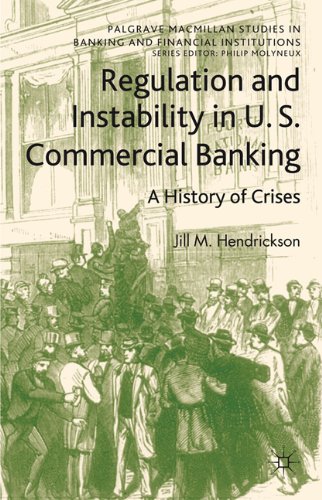

Most ebook files are in PDF format, so you can easily read them using various software such as Foxit Reader or directly on the Google Chrome browser.
Some ebook files are released by publishers in other formats such as .awz, .mobi, .epub, .fb2, etc. You may need to install specific software to read these formats on mobile/PC, such as Calibre.
Please read the tutorial at this link: https://ebookbell.com/faq
We offer FREE conversion to the popular formats you request; however, this may take some time. Therefore, right after payment, please email us, and we will try to provide the service as quickly as possible.
For some exceptional file formats or broken links (if any), please refrain from opening any disputes. Instead, email us first, and we will try to assist within a maximum of 6 hours.
EbookBell Team

0.0
0 reviews
ISBN 10: 0230280668
ISBN 13: 978-0230280663
Author: Jill M. Hendrickson
The historical response to bank crises has always been more regulation. A pattern emerges that some may find surprising: regulation often contributes to bank instability. It suppresses competition and effective response to market changes and encourages bankers to take on additional risk. This book offers a valuable history lesson for policy makers.
1 Commercial Bank Instability
2 Theories of Bank Regulation
3 Antebellum Banking: 1781–1863
4 National Banking Era: 1864–1912
5 Era of Instability and Change: 1913–1944
6 Postwar Banking Era and Regulatory Response: 1945–1999
7 Banking and Crisis in the Twenty-First Century: 2000–2010
8 Lessons from the History of U.S. Banking and Regulation
regulation and stability
security market regulation and stability
emotional regulation and stability
financial regulation and stability
rate stability regulation
Tags: Jill Hendrickson, Regulation, Instability, Commercial